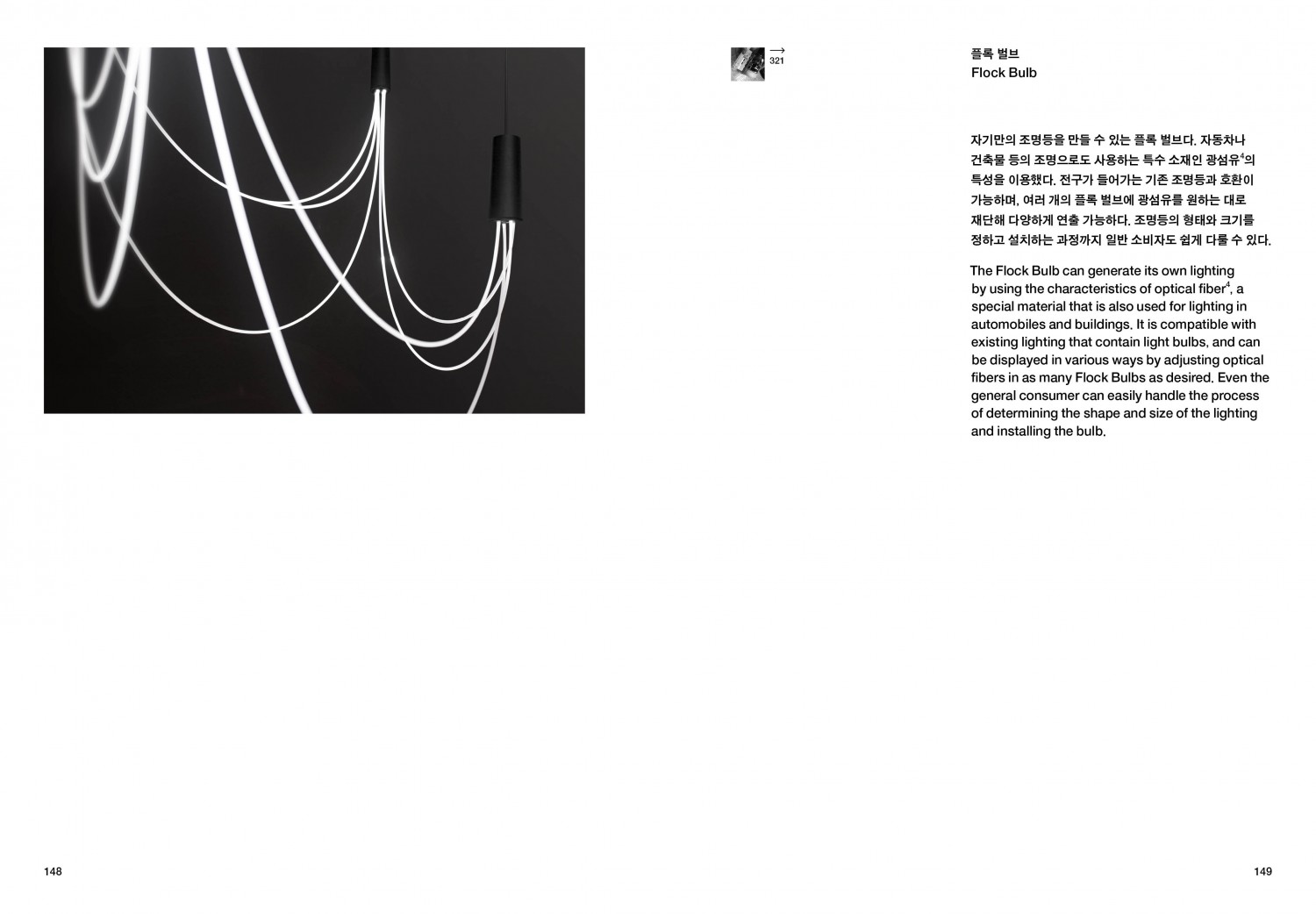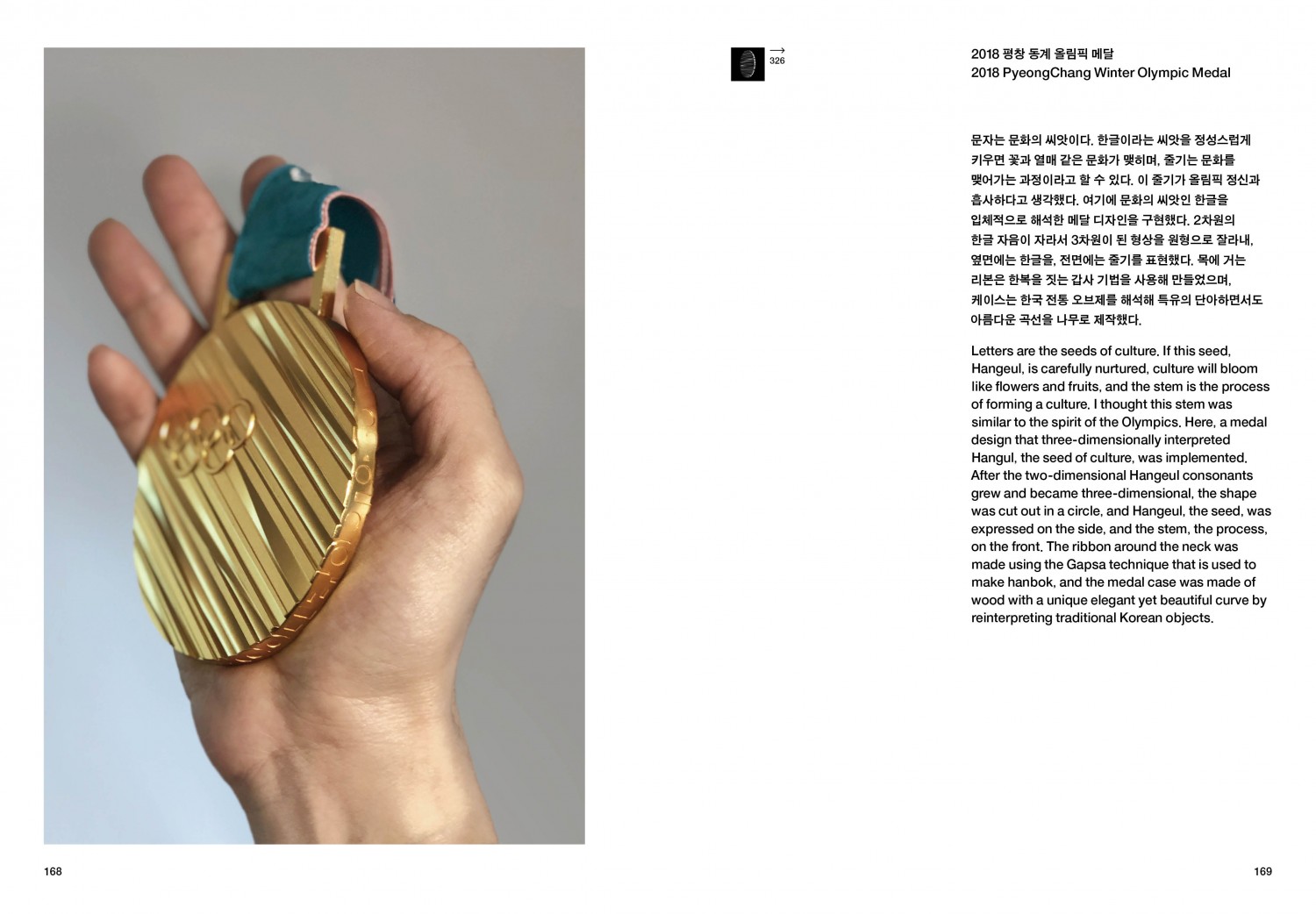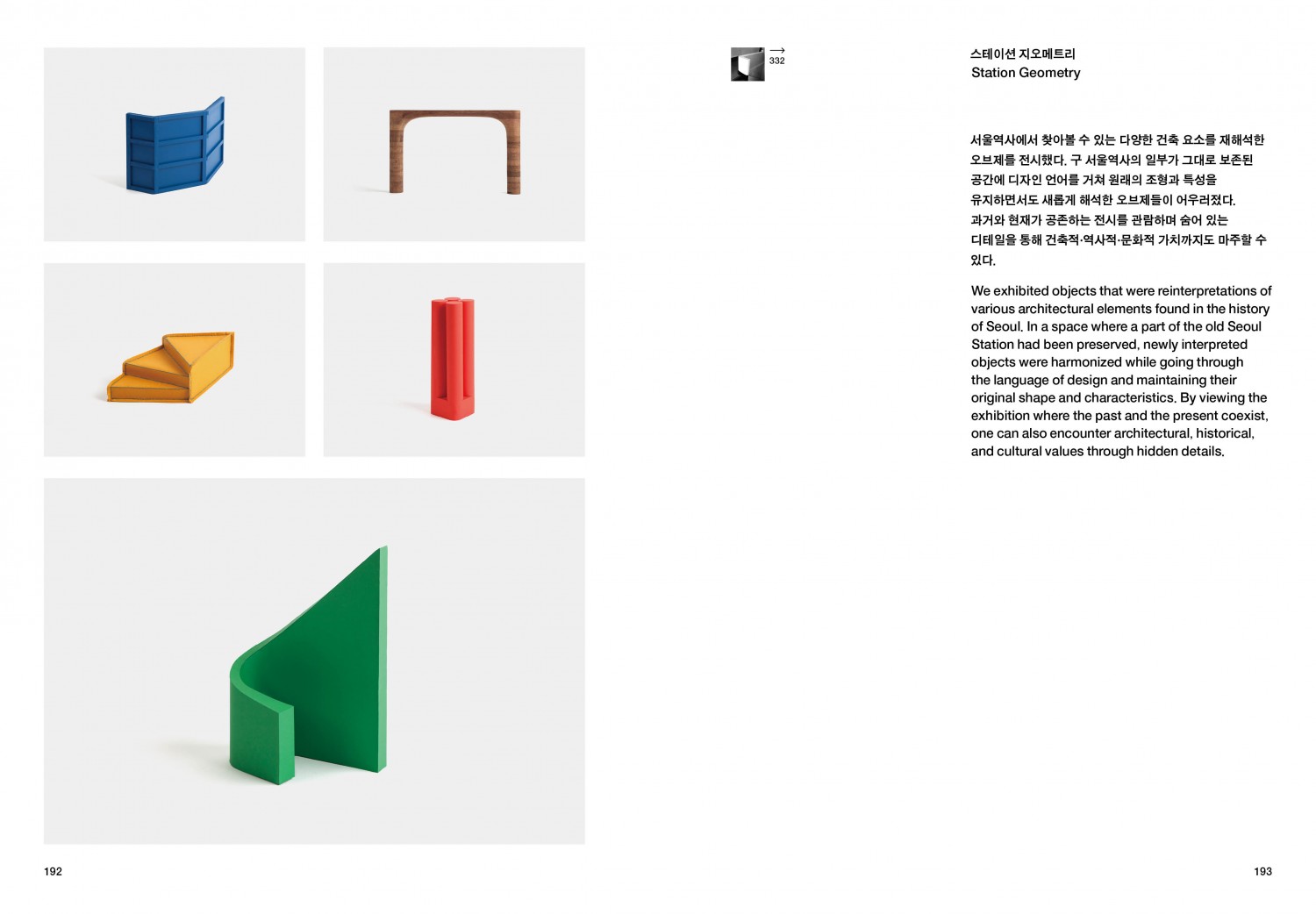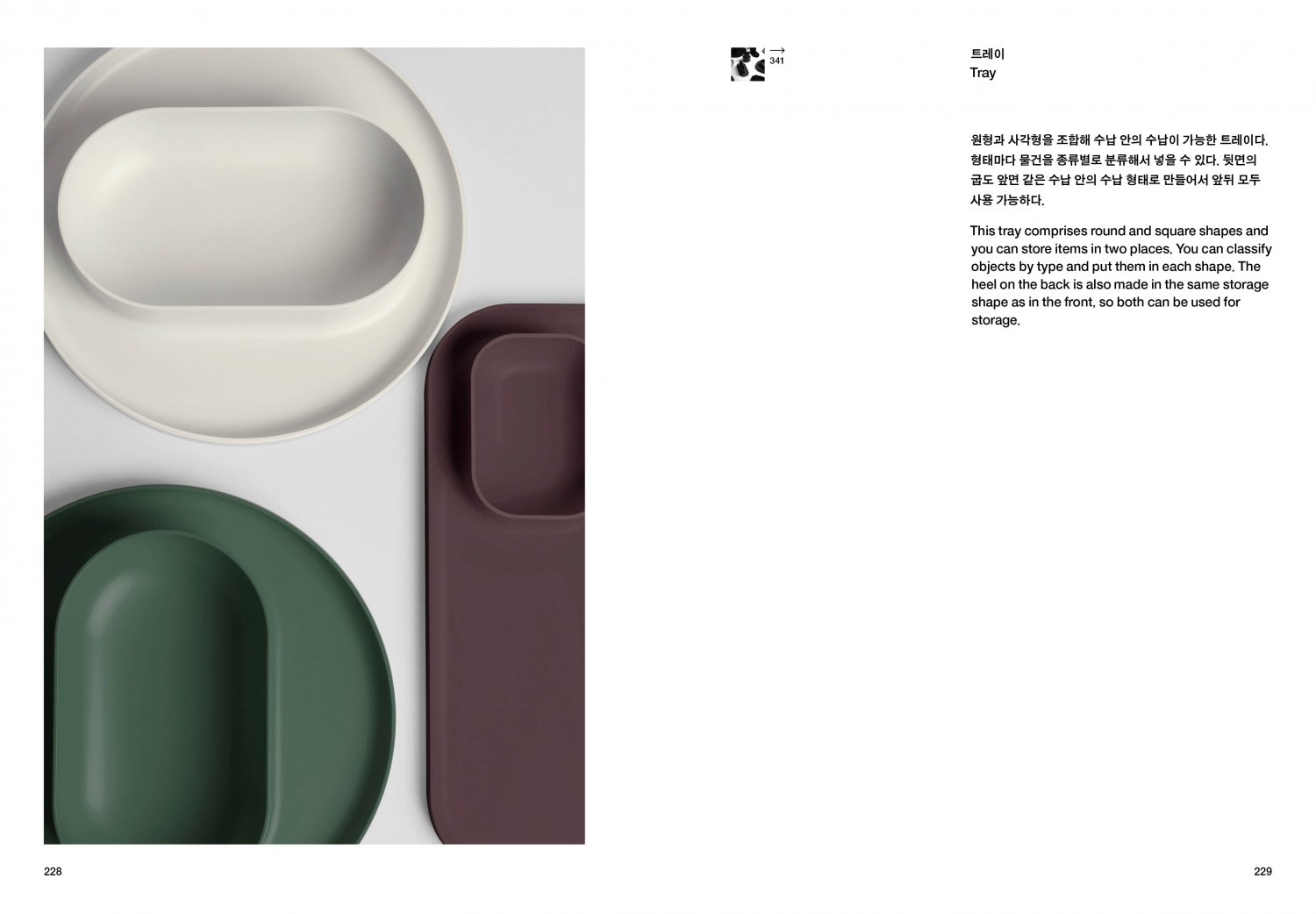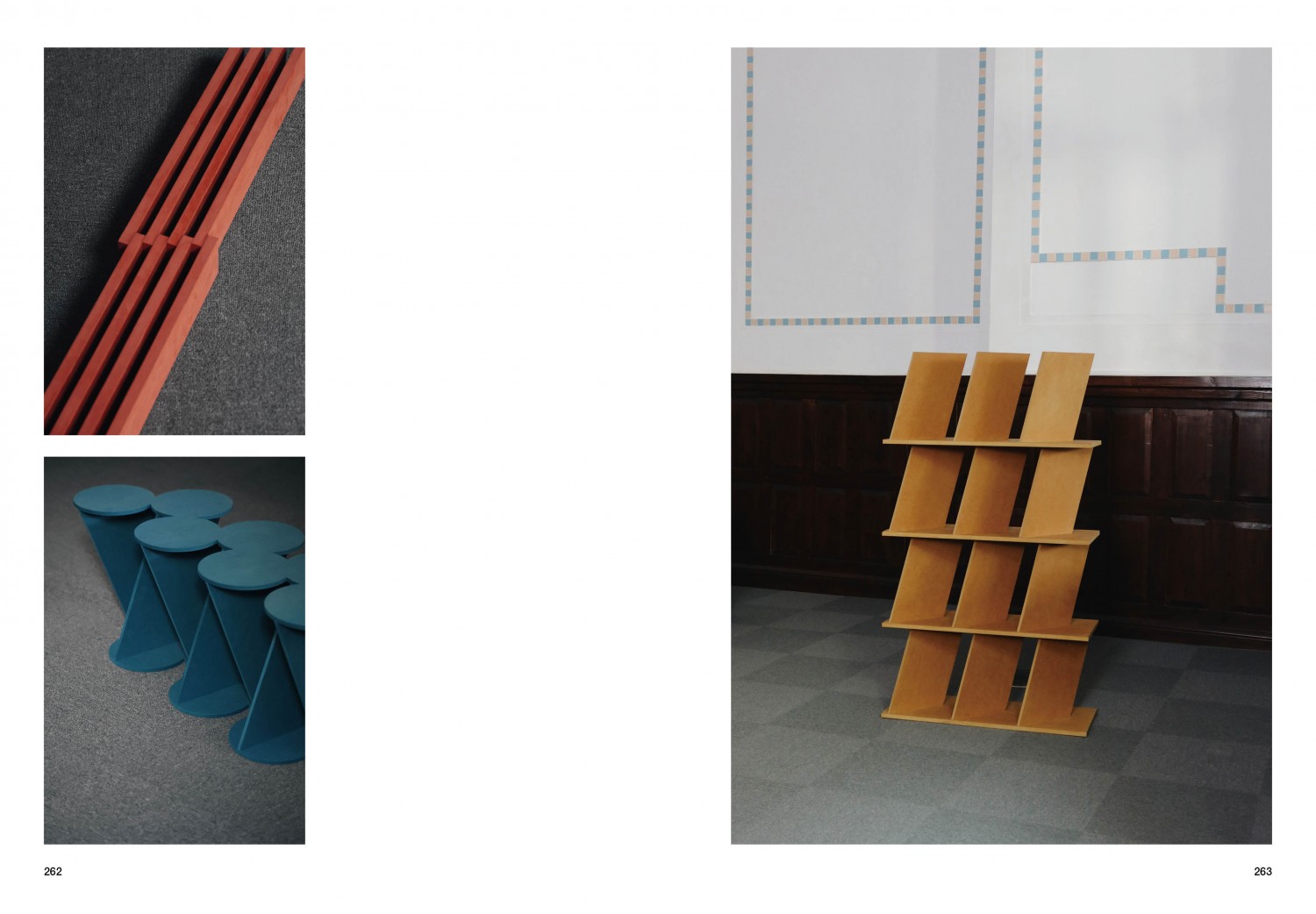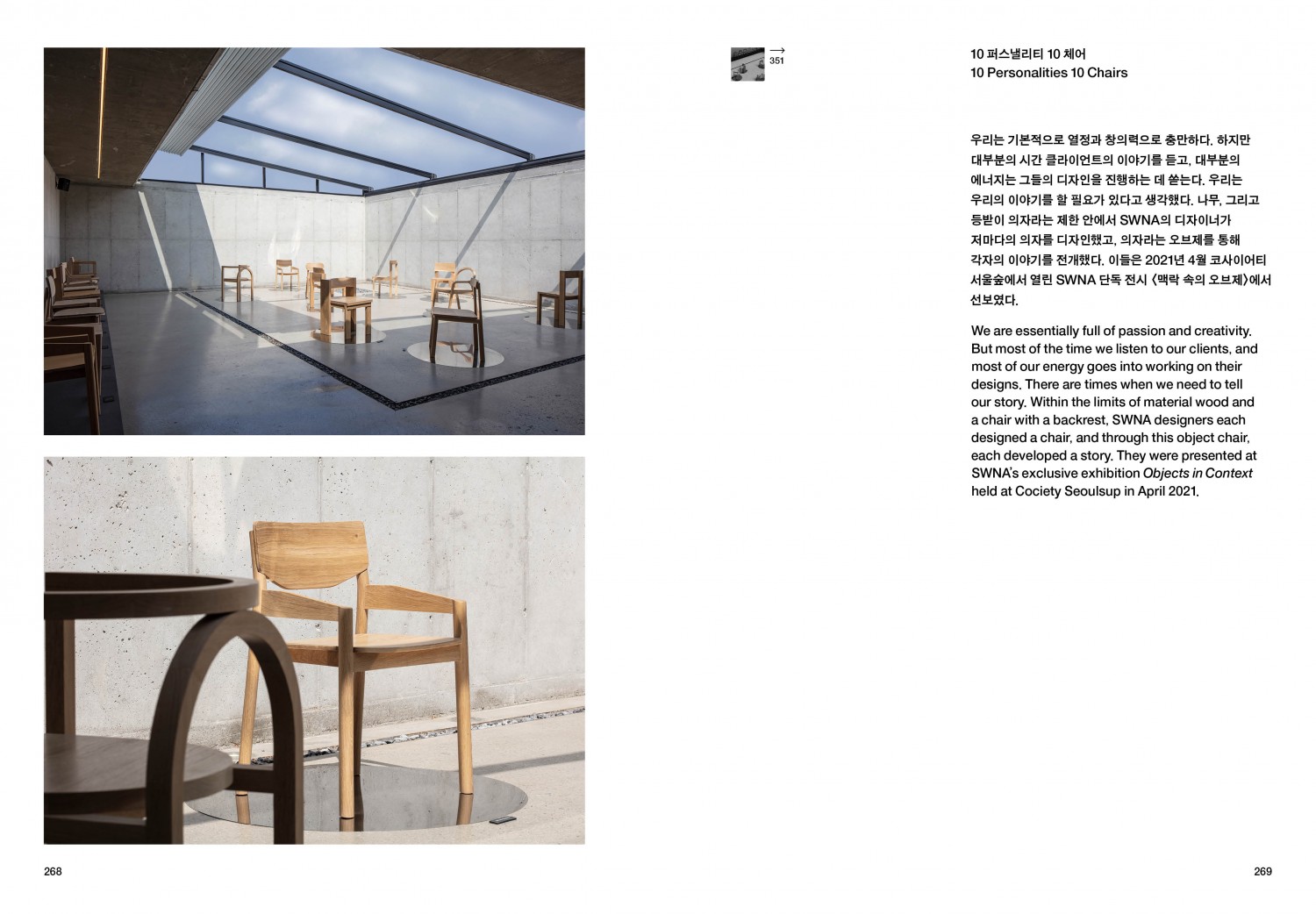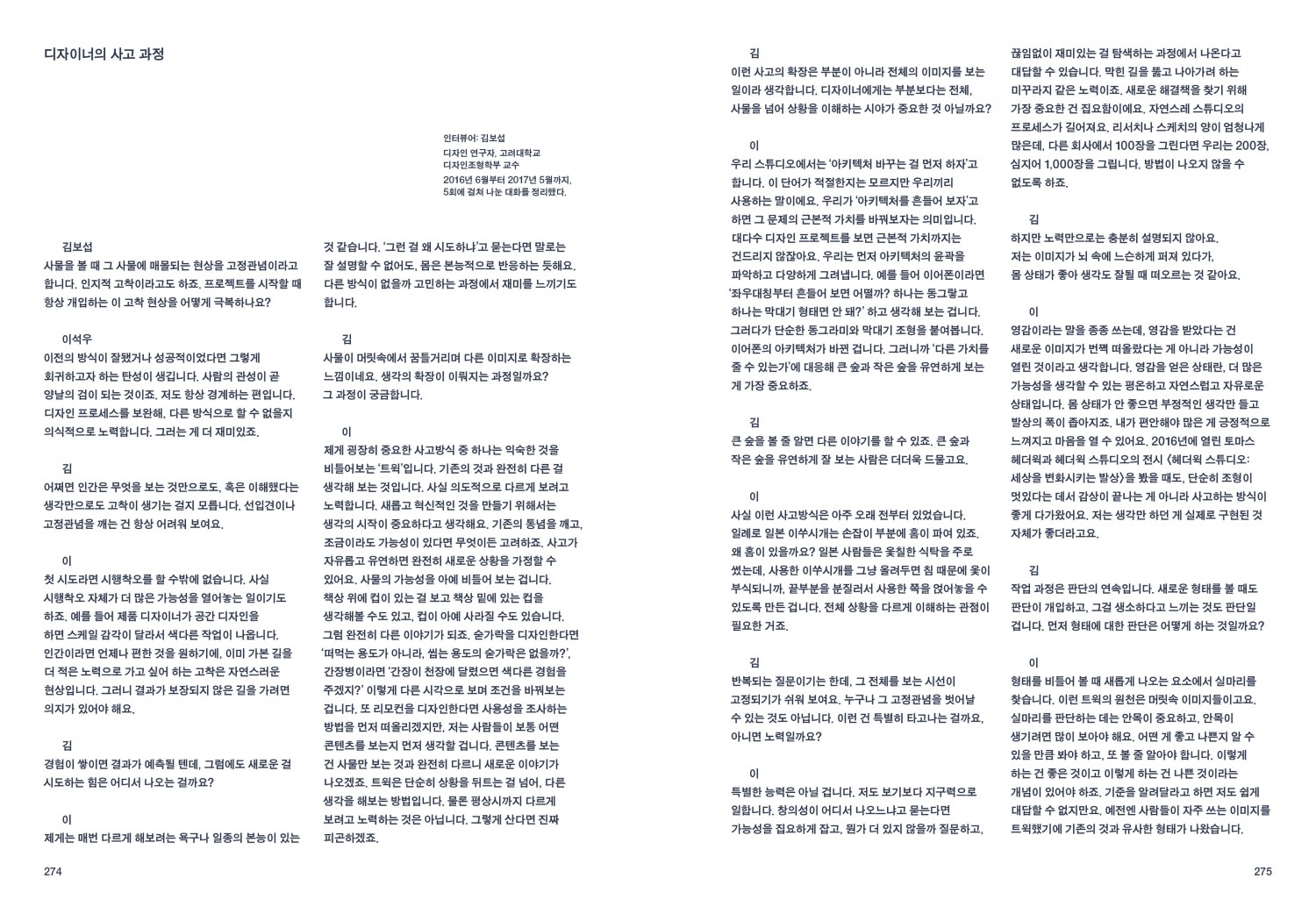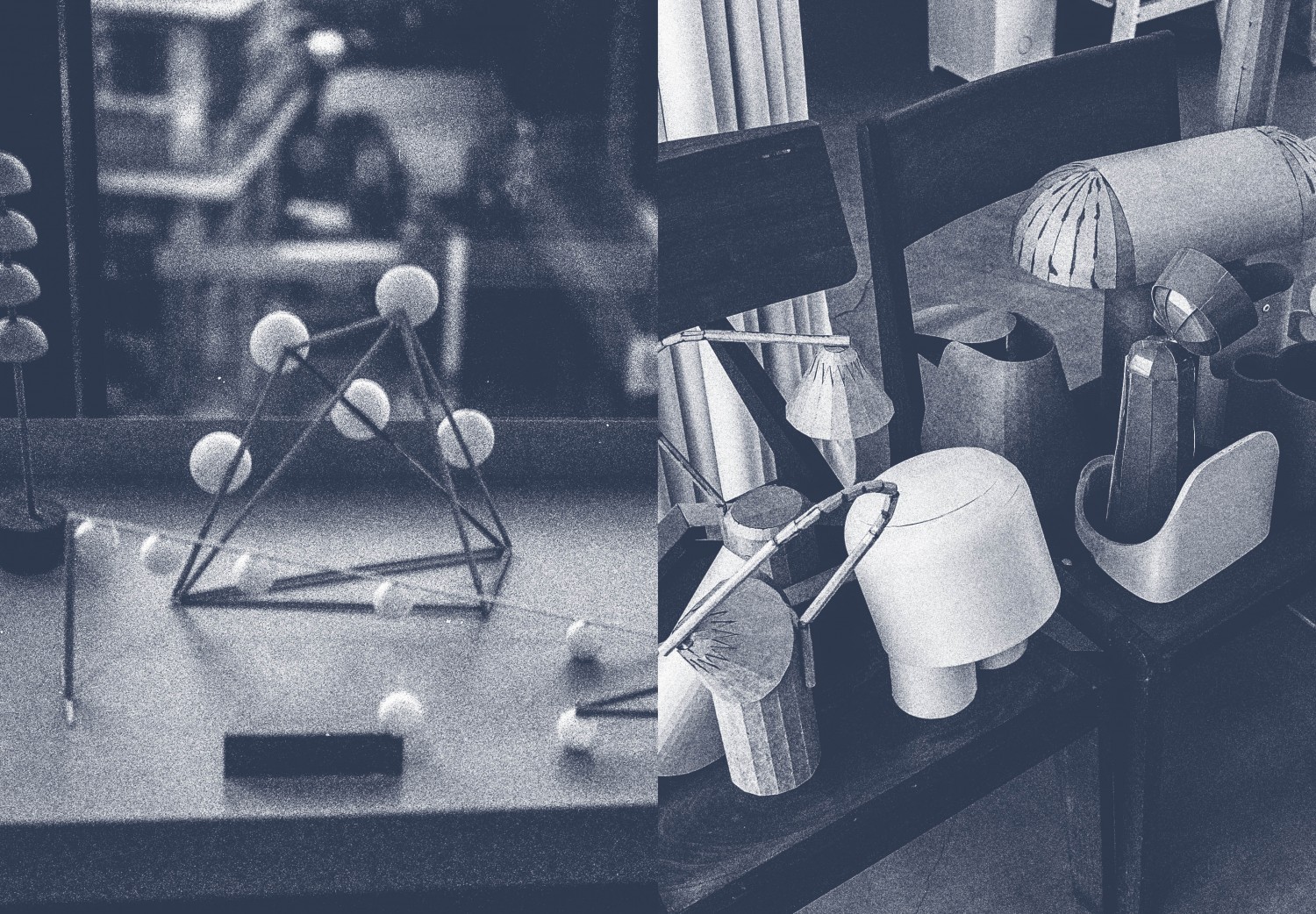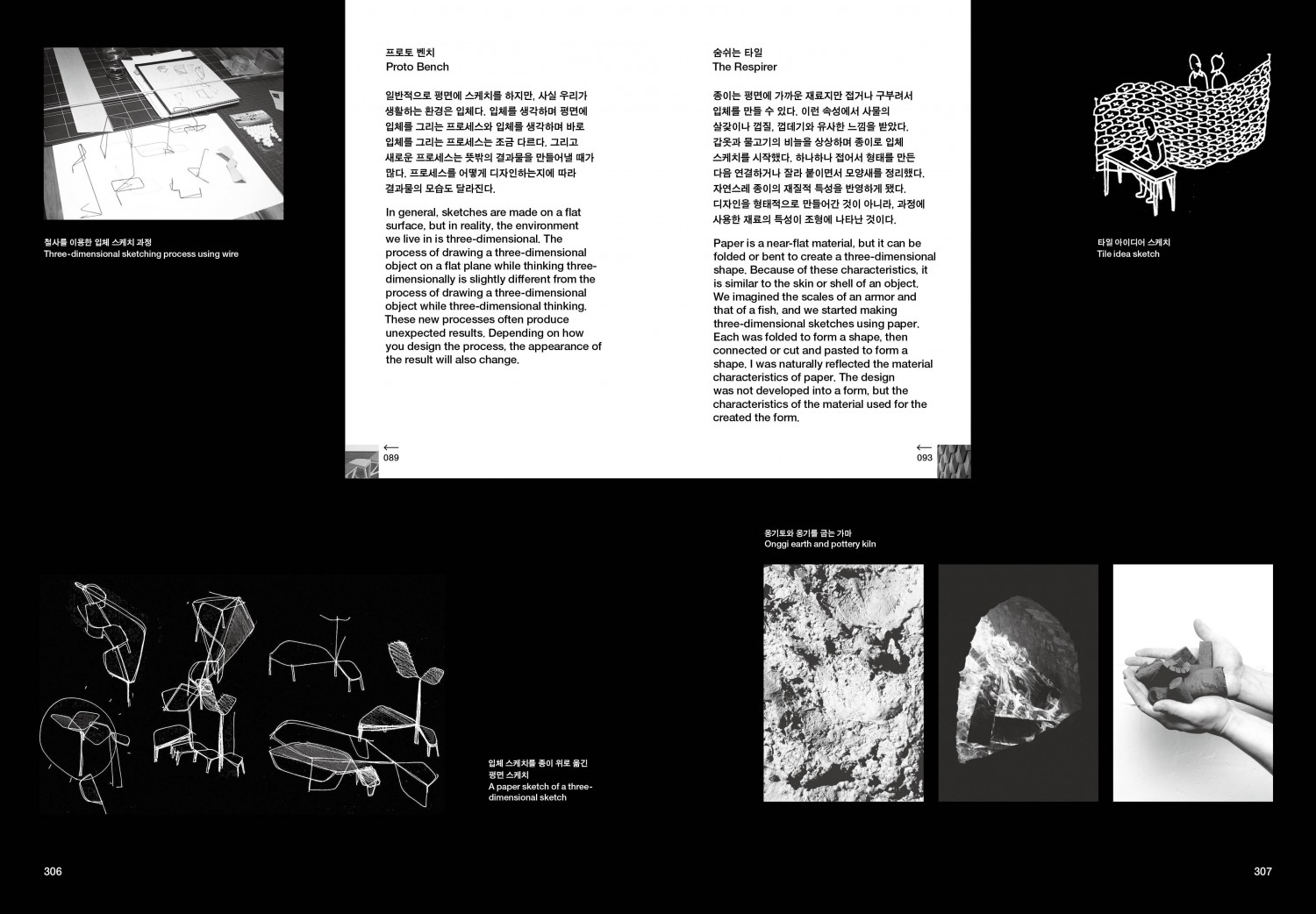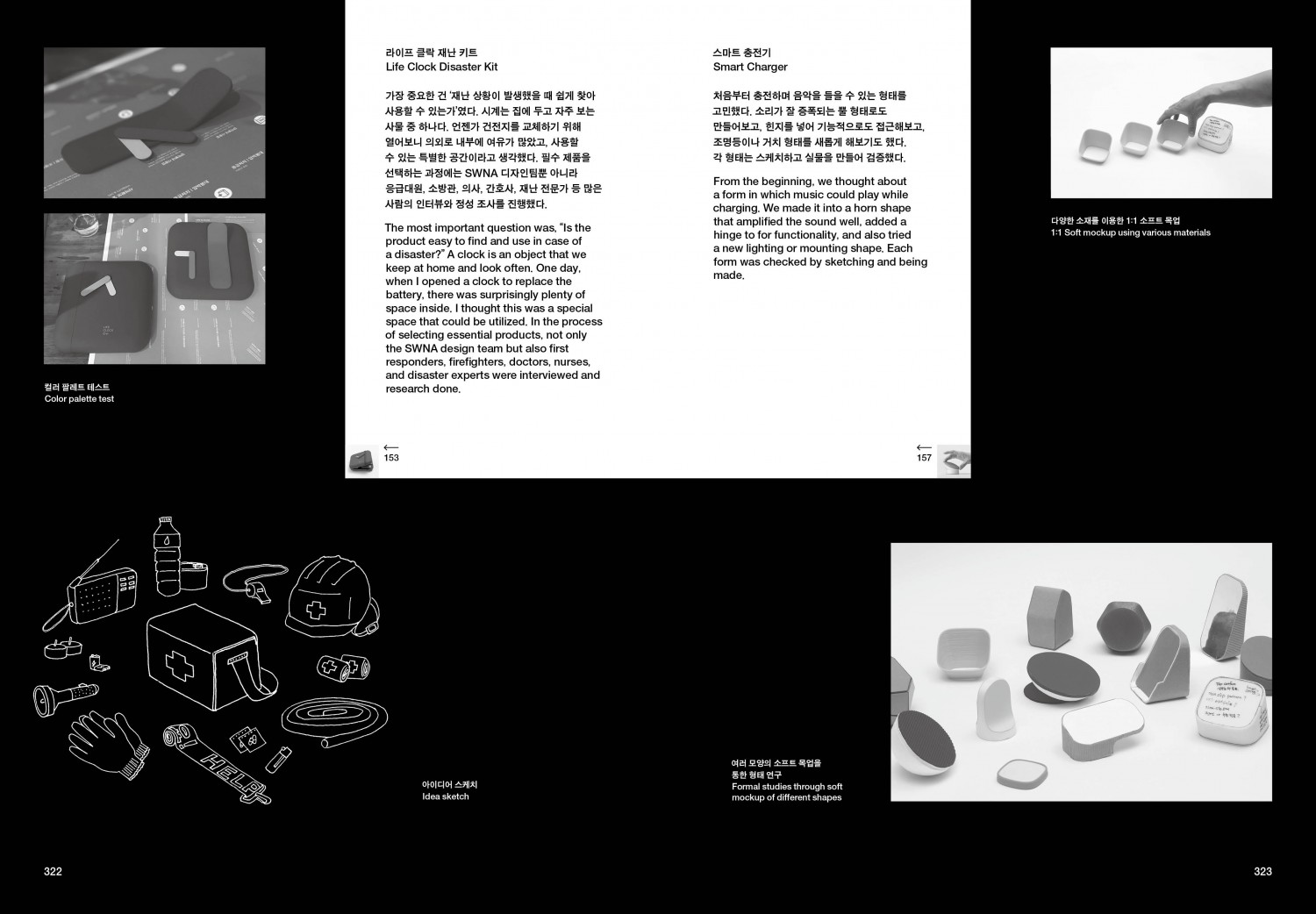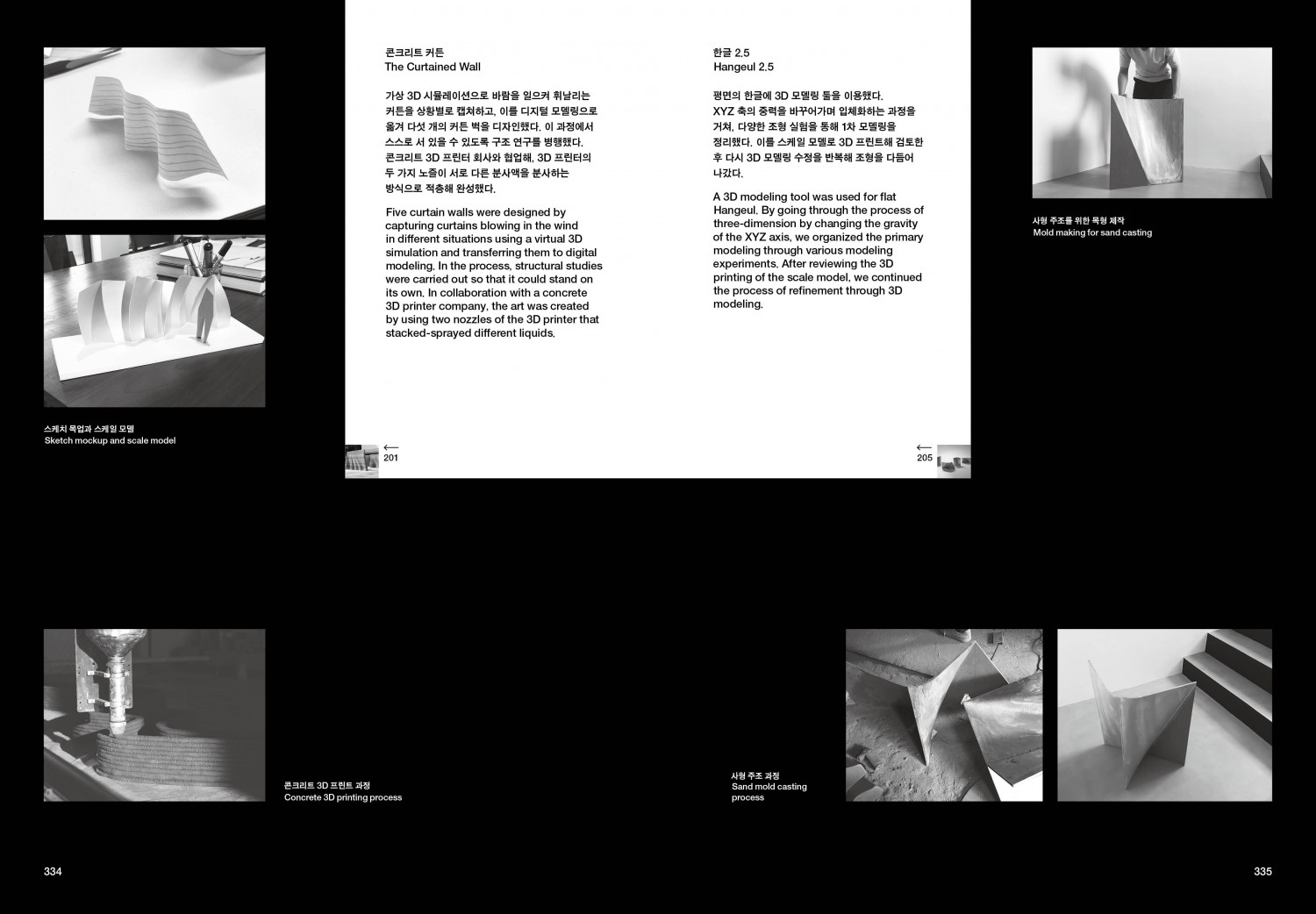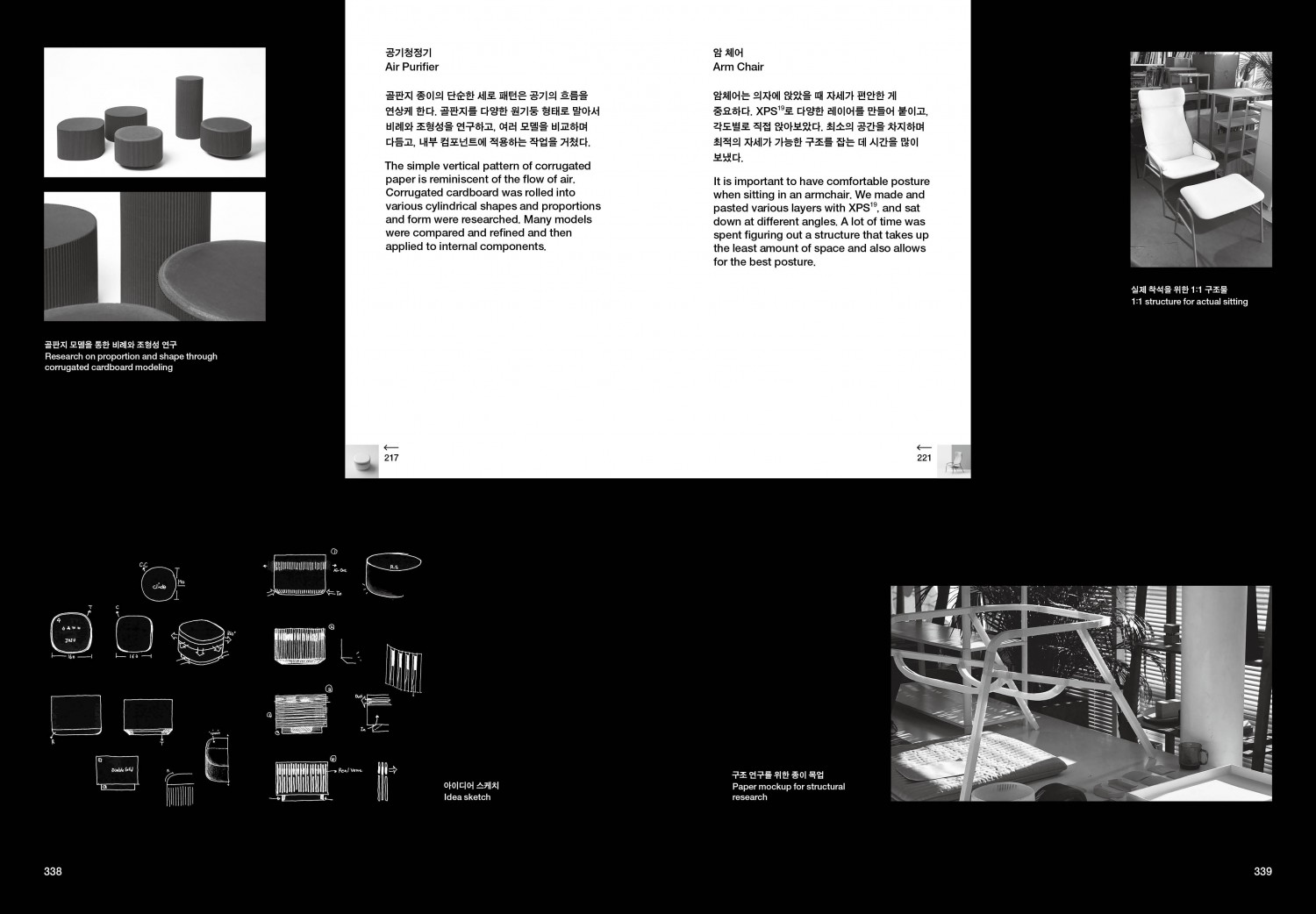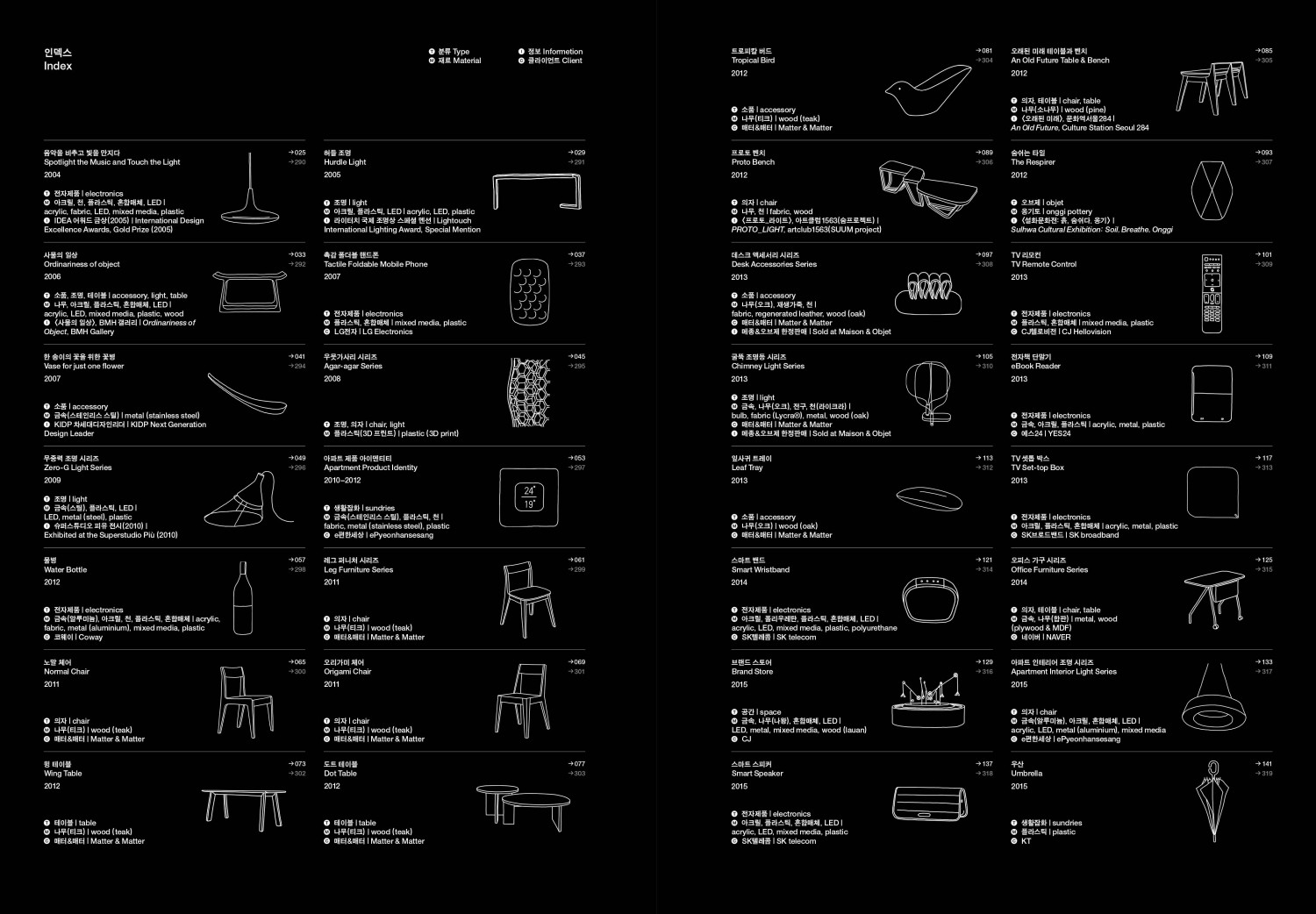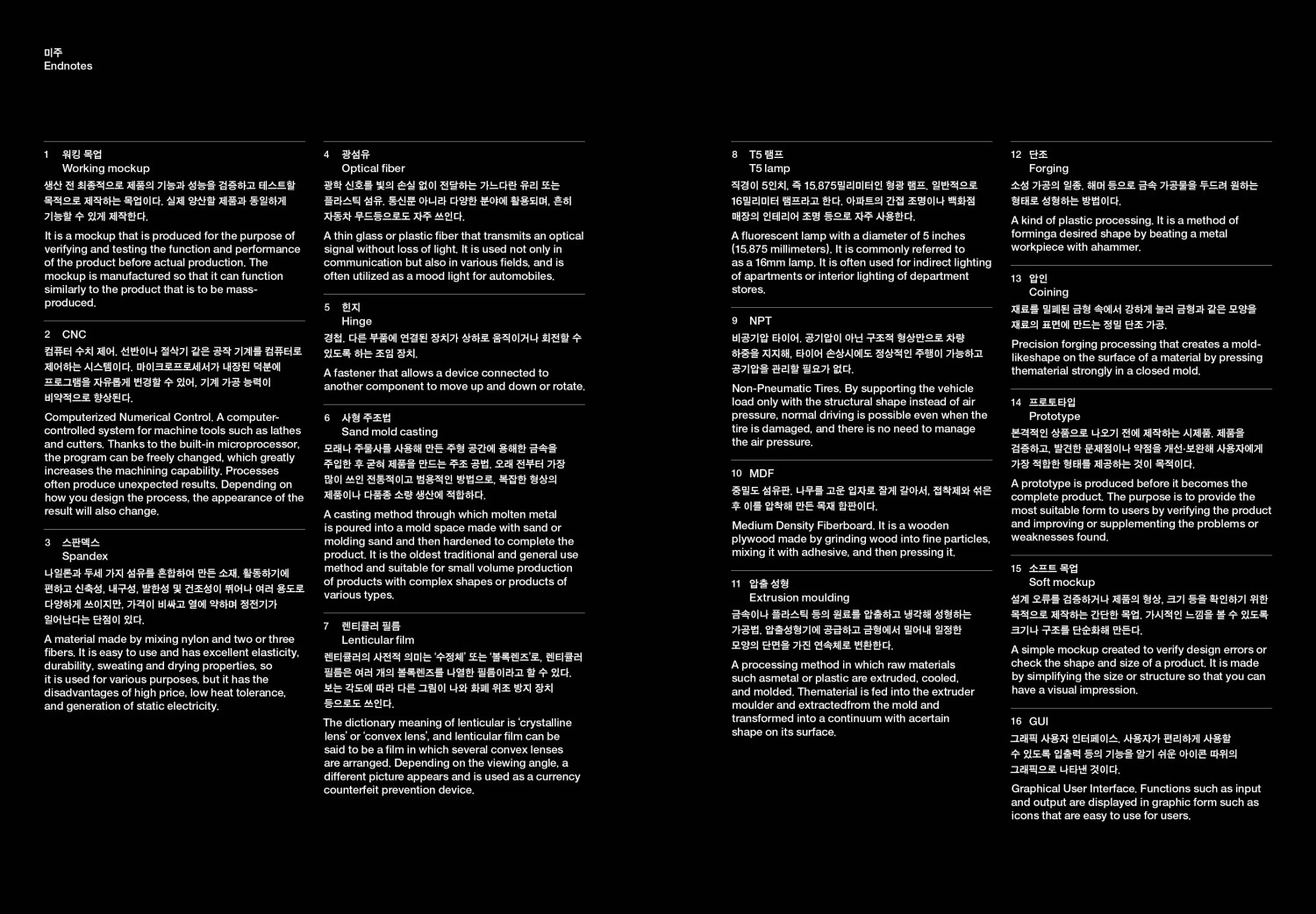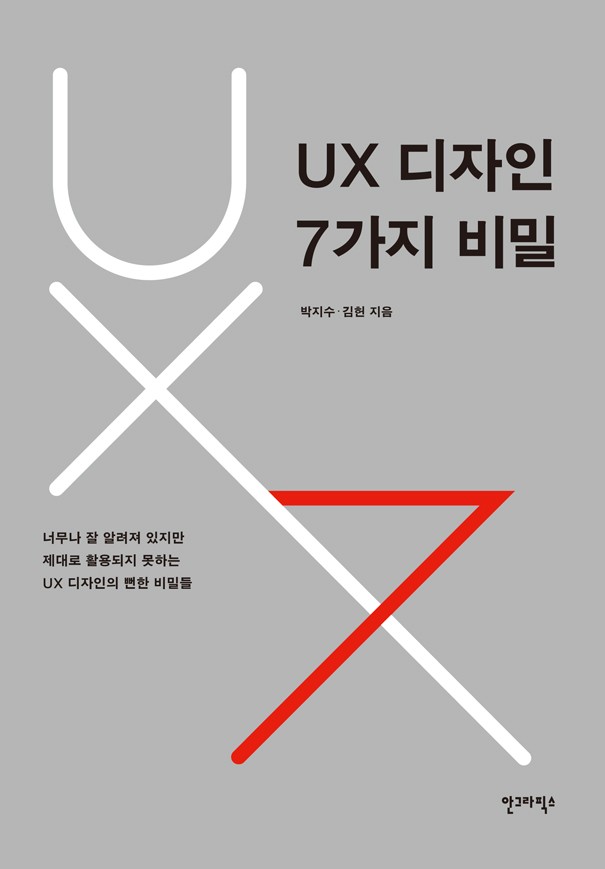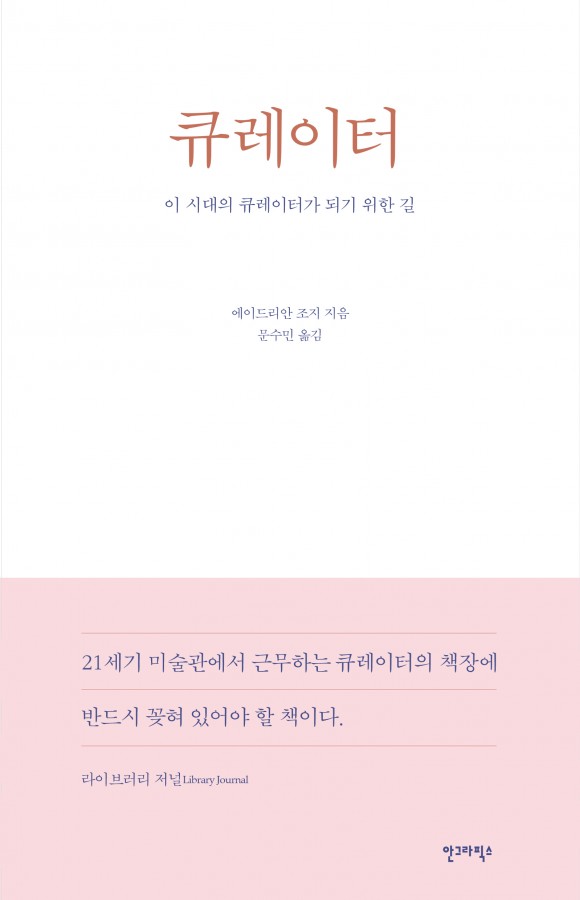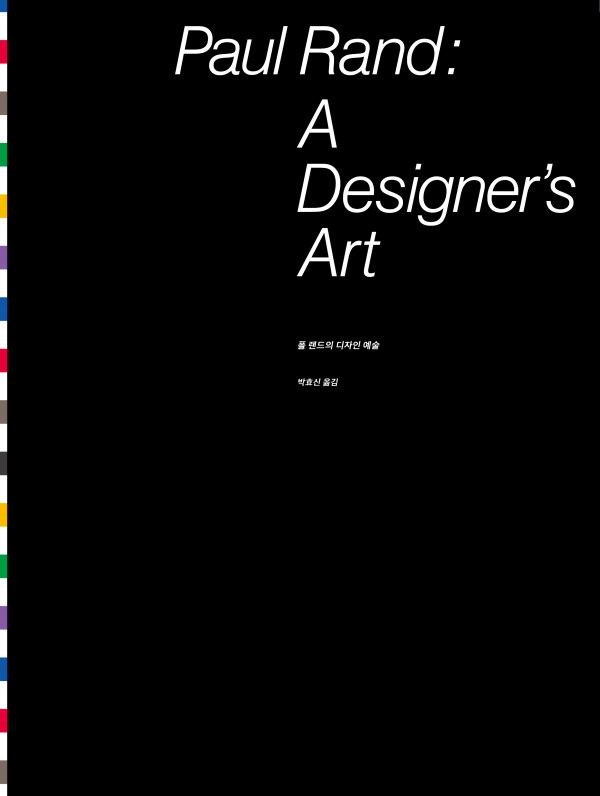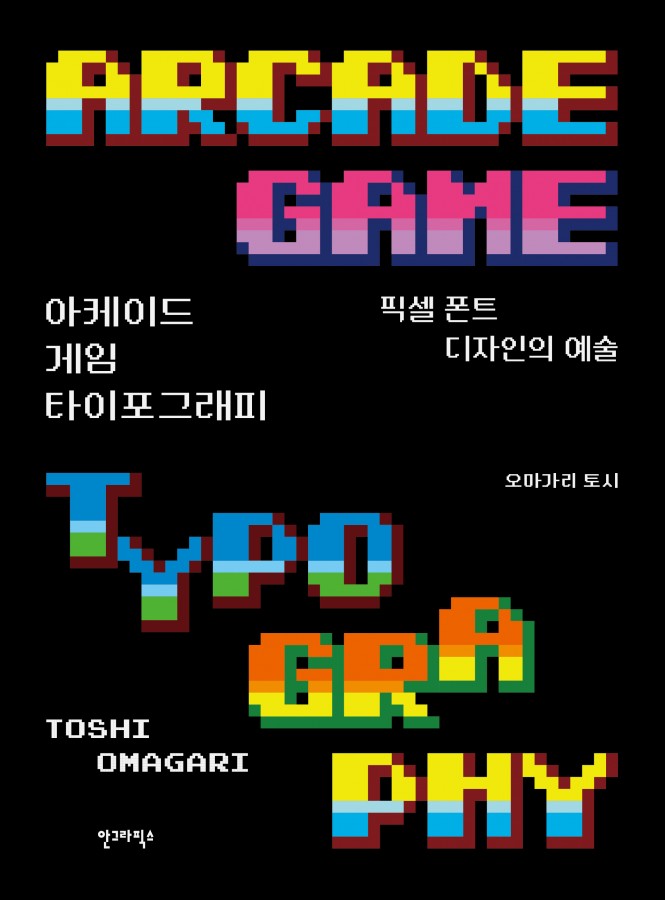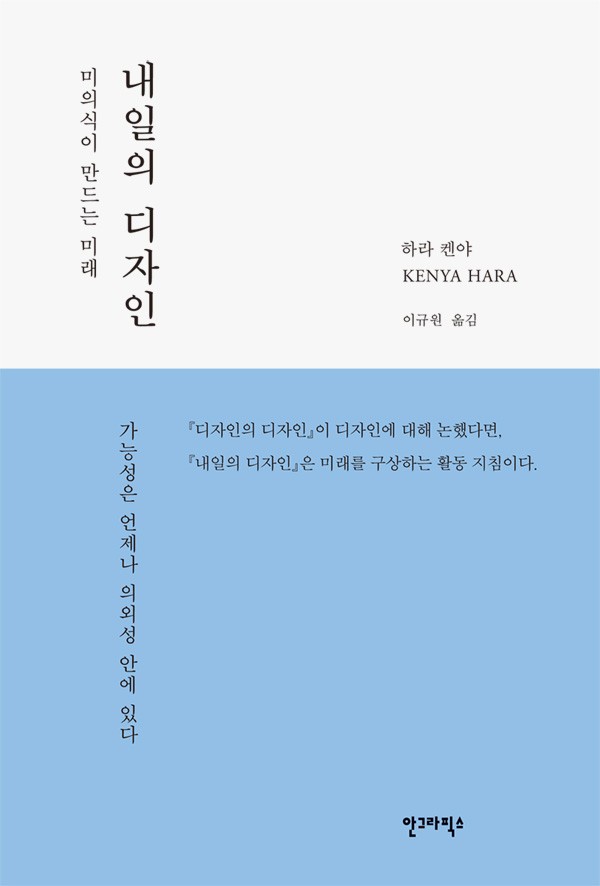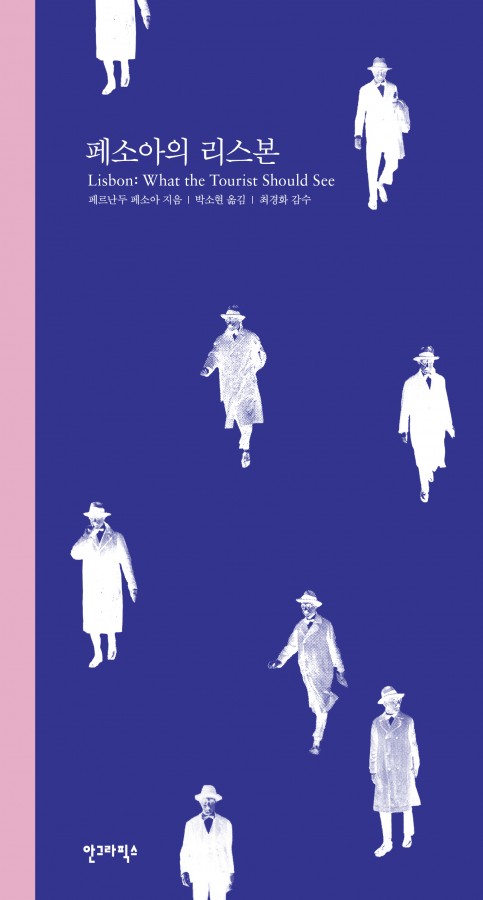Lee Suk-woo, the Designer of the 2018 PyeongChang Winter Olympic Medals, and SWNA
The Way They Draw Inspiration from Everyday Life, and Then Offer Inspiration for Everyday Life
Where does inspiration come from? Lee Suk-woo, CEO of the design studio SWNA, has a simple and clear answer to this question: “Observe, and observe again.” For those not yet familiar with SWNA, it is time to look up the designer of the 2018 PyeongChang Winter Olympic medals. Moreover, SWNA’s designs can be found in products that have become such natural—and therefore almost imperceptible—parts of everyday life. Inspiration for Everyday Life, SWNA is an anthology of 62 projects selected by Lee himself out of the numerous projects that he’s successfully completed over the past 18 years.
After the title page, recommendations written by Kim Sang-kyu and Chung Dah-young titled “The Tactility of Process” and “Design of Self-Renewal” respectively precede the table of contents. Having followed SWNA’s work with keen interest, Kim and Chung deliver affectionate perspectives as well as expectations for the future. The introduction “The Context of Creativity and Industrial Design”, written by Lee Suk-woo himself, provides a quick overview of the entire book. As an industrial designer holding an unparalleled position in the field, Lee imparts sincere advice to posterity, and his unembellished writing style points to his steadfastness.
The main text is divided into two parts. The Projects Part describes the ideation or conceptualization phase, the production process, and the usage of each design. The results printed in vivid colors on smooth paper make it seem as if products were born complete, and everything envisioned were fully realized. However, in the Process Part, SWNA details the way an initial idea as rough as a gemstone gets developed. Black and white images show how that gemstone is polished through sketches, mock-ups, and prototypes.
As a dialogue between the two parts, “The Thinking Process of a Designer” briefly livens up the atmosphere with blue spot colors and photographs of the SWNA office. The conversation between Lee Suk-woo and Kim Bosub naturally reveals some issues and concerns shared by those engaged in the creative industry as well as ways to overcome them, thereby connecting the two parts that explore “completion” (Projects Part) and “process” (Process Part) respectively.
The index at the end of the book provides an overview of the 62 projects and processes presented in this book. Alongside the names and page numbers of the projects, additional information—classification, materials, and clients—is provided for both industry professionals and aspiring designers, which is further complemented with illustrations by SWNA’s artist Lee Yunjae.
